Textbook of Phycology
Phycology includes the study of prokaryotic forms known as blue-green algae or cyanobacteria. A number of microscopic algae also occur as symbionts in lichens.
The development of the study of phycology runs in a pattern comparable with, and parallel to, other biological fields but at a different rate. After the invention of the printing press in the 15th century (with the publication of the first printed book: Gutenberg's Bible of 1488) education enabled people to read and knowledge to spread.
Phycology is the study of algae. Human interest in plants as food goes back into the origins of the species (homo sapiens) and knowledge of algae can be traced back more than two thousand years. However only in the last three hundred years has that knowledge developed into a rapidly developing science.
Contents: Preface. 1. Introduction. 2. The study of algae. 3. Types of algae. 4. Algaculture. 5. Algae fuel. 6. Algae in aquarium. 7. Phytoplankton. 8. Lentic ecosystems. 9. Alginate or alginic acid. 10. Filamentous algae. 11. Algae and microorganisms. 12. Marine algae. 13. Algal blooms in fresh water. Index.
Get it now and save 10%
BECOME A MEMBER

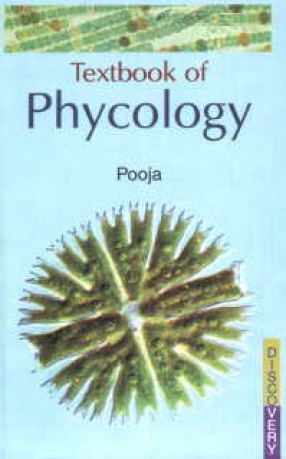
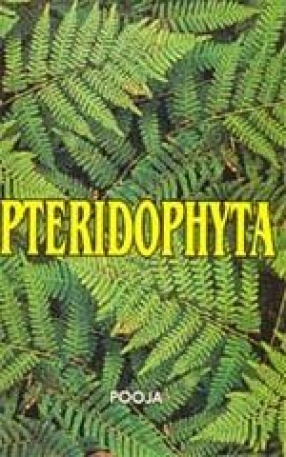
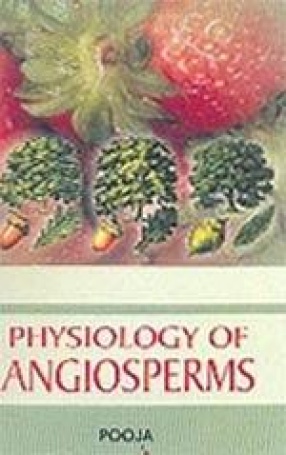
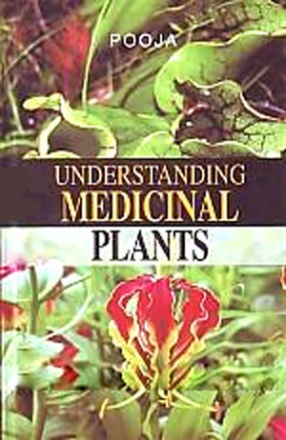
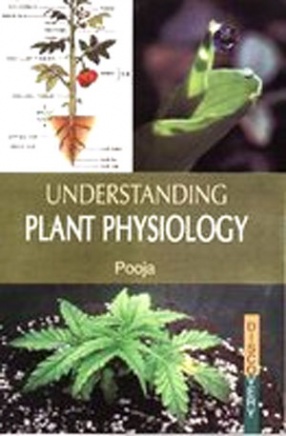





Bibliographic information